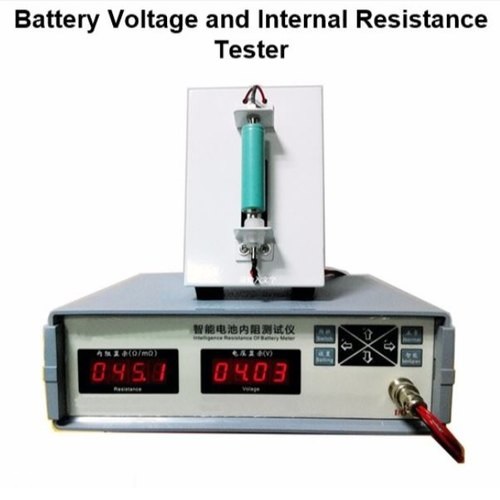The internal resistance of a battery refers to the resistance to the current flowing through the battery during operation. It includes ohmic internal resistance and polarization internal resistance. Polarization internal resistance includes electrochemical polarization internal resistance and concentration polarization internal resistance.
What factors affect the internal resistance of lithium batteries?
1.Additional factors
Temperature and ambient temperature are important factors influencing the resistance of various lithium batteries. Specifically for lithium batteries, the temperature affects the activity of electrochemical materials and directly determines the speed of electrochemical reactions and the speed of ion movement.
The current or load demand, on the one hand, the magnitude of the current is directly related to the polarization internal resistance. The general trend is that the greater the current, the greater the internal resistance of polarization. On the other hand, the thermal effect of current affects the activity of electrochemical materials.
2. Lithium battery itself
The ease of insertion and removal of the positive electrode material, the negative electrode material, and lithium ions determines the size of the material's internal resistance, which is part of the concentration polarization resistance. The electrolyte, the movement rate of lithium ions in the electrolyte, is affected by the conductivity of the electrolyte, and is the main component of the electrochemical polarization resistance.
Reasons for excessive internal resistance of lithium batteries
Process factor
1. There is too little conductive agent in the positive electrode ingredients (the conductivity between materials is not good, because the conductivity of lithium cobalt itself is very poor)
2. Too much binder for the positive electrode ingredients (the binder is generally a polymer material with strong insulation properties)
3. Too much binder for negative electrode ingredients (the binder is generally a polymer material with strong insulation properties)
4, uneven distribution of ingredients
5, the binder solvent is not complete when ingredients
Material factor
1. Lithium battery cathode material has high resistance (poor conductivity, such as lithium iron phosphate)
2. Influence of diaphragm material (diaphragm thickness, small porosity, small pore size)
3. Influence of electrolyte materials (small electrical conductivity, high viscosity)
4, the impact of positive PVDF material (large amount or large molecular weight)
5. Influence of positive electrode conductive material (poor conductivity, high resistance)
6. Positive and negative electrode tab material influence (thin thickness, poor conductivity, uneven thickness, poor material purity)



